Russia is, in a myriad of ways, still a messed up place, and you don't need to look very far to find evidence of all kinds of nastiness, abuse, corruption, dysfunction and general awfulness. But what interests me is that, in contrast to the doom and gloom of most reporting, many of the country's basic social indicators are actually improving. Life expectancy is going up, wages are going up, the birth rate is going up, and the death rate, the suicide rate, the murder rate, and the poverty rate are all going down. I thought I would put together 5 charts that push back against some of the mistaken narratives I often encounter in the media. This doesn't mean that "Russia is awesome" but it ought to seriously complicate our picture of a country in which things are supposedly growing ever more desperate.
1. Russia's population is "shrinking rapidly"
This might be the most common error in Western reporting. In reality, Russia's population is marginally higher now, at the start of 2013, than it was in 2006. Russia's population was declining rapidly during the late 1990′s and early 2000′s, but this decline has leveled off and the population has stabilized. Russia's population could very well start declining again in the future, but at the moment it is actually growing (albeit at a glacial pace).
2. Russia's economy is in "serious decline"
The idea that Russia's economy is somehow "imploding" or "turning in on itself" is encountered most frequently among right wingers, but was also a favorite trope of centrist outfits like Newsweek or The Economist. While Russia is hardly an economic hegemon, its overall economic performance over the past decade has actually been pretty decent, especially when you compare its performance to the horrible post-crisis performances of many formerly communist countries in Eastern Europe. It is possible that Russia's economy might implode at some unknown future date, but at the moment it is experiencing modest growth.
3. Just like the Soviet Union, Russia "spends all of its money on the military"
The Russian government's bombastic pronouncement that it would spend $700 billion on procuring new weapons in the years leading up to 2020 led a lot of people to think that Russia was returning to the garrison state it had been under communism, when military spending was 30% of GDP and the entire country was impoverished by the insatiable appetites of the "metal eaters" in the defense ministry. While I would agree that Russia's defense spending is marginally higher than it ought to be, the actual level of spending as a percentage of GDP is modest in comparison to Russia's own tortured past and even to the United States (the data is from SIPRI and ends in 2010 because that is the most recent year available)
4. Russia's alcohol epidemic "continues unabated"
Russians drink a lot, there's no arguing that. But, mercifully, they are drinking themselves to death a lot less frequently than they did in the past. The death rate from accidental alcohol poisoning has been shrinking rapidly over the past decade, and is now lower than it was even during the height of Gorbachev's anti-alcohol campaign (when the Soviet government was doing things like bulldozing vineyards). Russia's death rate from alcohol is still very, very high when compared with Western countries, but it is improving.
5. Russians "have more abortions than kids"
This was true for a very long time, from the early 1960′s until about 2007. Abortion really was Russians' the preferred method of birth control. But with almost no fanfare the number of abortions in Russia (while still quite high in comparison to Western countries) has been plummeting.
Basically, what these graphs show is that
1) Russia still has a lot of problems, and it remains extremely troubled in comparison to developed Western countries, and
2) things in Russia are actually improving at a reasonable clip.
Number 2) is a huge contrast to the "period of stagnation," when Russia's most basic social indicators were visibly deteriorating. Thus Russia in 2013, unlike Russia of the mid and late 1970′s, has a growing birthrate, decreasing mortality, declining numbers of alcohol deaths, and a broadly flat level of military spending. If we want to understand what Russia is and where it's going, we need to take its many positive developments into account.
Comment: One must be very careful to use "Western countries" as a measure of economic health:
Guess who's investing in America's future? Nobody, that's who.
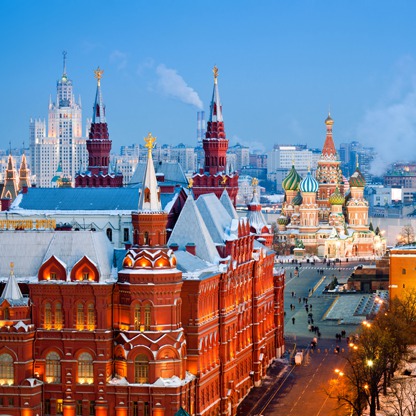
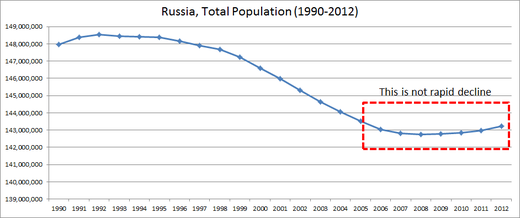
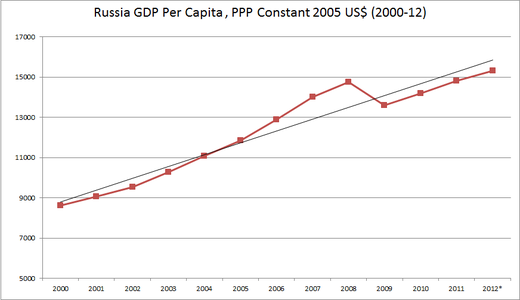
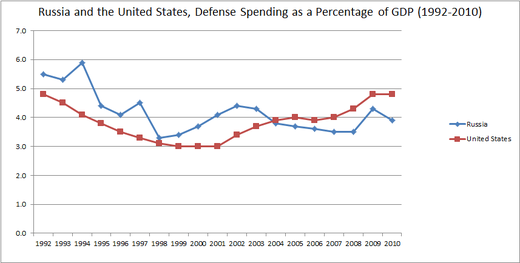
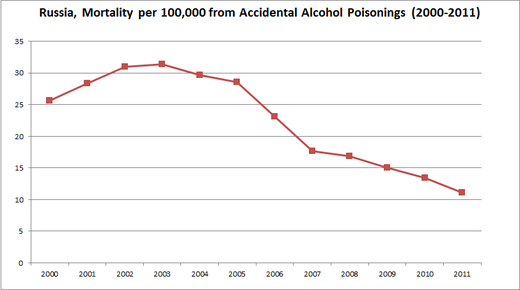
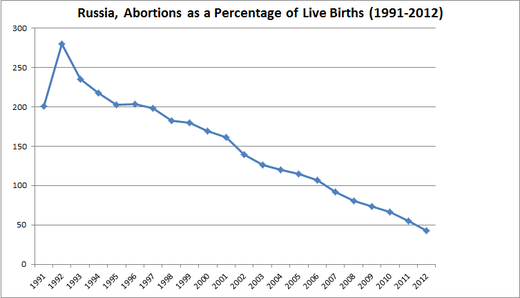



Like two trains passing on parallel tracks, the US is going down the rabbit hole, while Russia is headed out of one. Both countries, therefore, are currently in a rut. However, it is the current direction of travel that is the telling statistic. Yeah buts aside: Russia's growth is moderate, like ours used to be. The US growth has been bubbles and pops: a bipolar roller coaster complete with intoxicating highs and stinging belly-flops.
Nice reporting and statistics, btw.